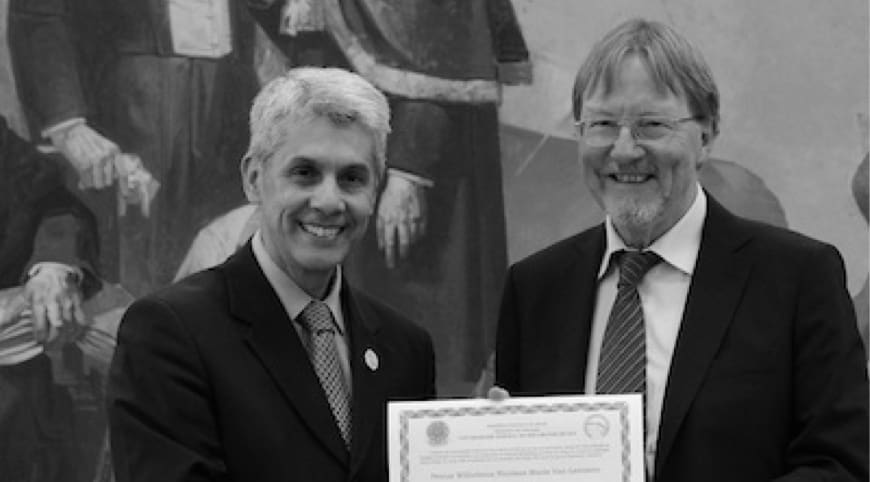Zn(II) Robson macrocycles as templates for chelating diphosphines
Chelating diphosphines were constructed using dinuclear Zn(II) complexes of Robson macrocycles (Zn-RMCs) as templates. The assembly process is driven by the interaction between the metal centers (Lewis acids) with anionic and neutral Lewis base-functionalized monophosphines. The stability of the final structure depends on the geometry and the affinity of the functional groups of the ditopic phosphines and on the structure of the RMC. In the free ligand the ditopic phosphines coordinate at opposite faces of the pseudo-planar macrocycle as is shown in the molecular structure of several of the assemblies, according to X-ray diffraction. Pre-organization of the system by coordinating the phosphorus atoms to a transition metal center enforced coordination of the functional groups at the same face of the RMC. For several templated diphosphines cis-PtCl2 complexes were identified by NMR. The in situ assembled diphosphines showed a chelating effect in the rhodium catalyzed hydroformylation of 1-octene. Combination of Zn-RMC 3 and phosphine A gave the highest l/b ratio (13) in acetonitrile.

S. Ponsico, H. Gulyas, M. Martínez-Belmonte, E. C. Escudero-Adán, Z. Freixa, P. W. N. M. van Leeuwen
Dalton Trans. 2011, 40, 10686-10697
DOI:
Go to the journal
Associated ICIQ research group/s:
-
RESEARCH GROUP/S
Emeritus Prof. Piet van Leeuwen

Let's create a brighter future
Join our team to work with renowned researchers, tackle groundbreaking
projects and contribute to meaningful scientific advancements



















